Introduction to Tikal: A Glimpse into the Ancient World
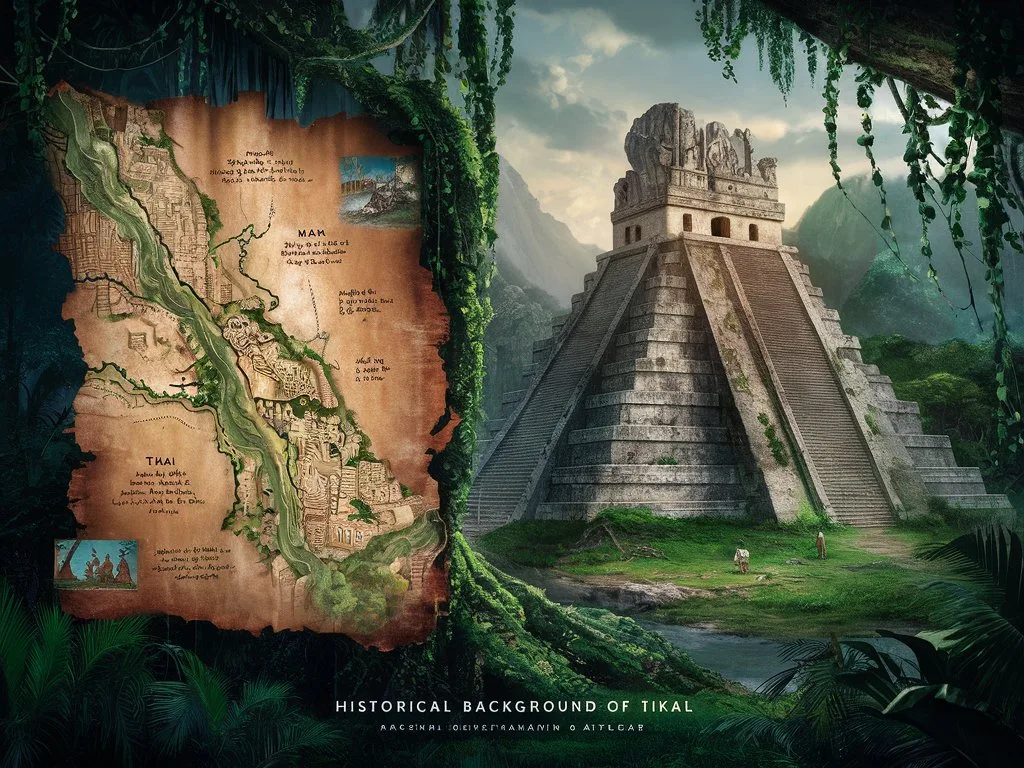
Historical Background of Tikal
Nestled deep within the jungles of Guatemala, Tikal stands as one of the most powerful city-states of the ancient Maya civilization. This extraordinary site serves as a doorway into a rich history that dates back to around 600 BCE. Its geographic location—set in the northern lowlands—fostered both natural resources and strategic trade routes during the Classic Period (roughly 250 to 900 CE).
Cultural Significance in the Mayan Civilization
This was not just a city; it was a political and cultural hub replete with towering temples that dominated the skyline and hosted ceremonies honoring gods and celestial events. As the heart of Maya civilization, Tikal gives us crucial insights into the complex social structures of the time.
Major Periods of Development and Decline
At its zenith, this city had a population of over 100,000 people, showcasing impressive architecture and sprawling plazas. However, like many ancient cities, this ancient city’s glory days dwindled around 900 CE, a decline believed to stem from both ecological challenges and shifting political dynamics.
The Discovery and Excavation of Tikal
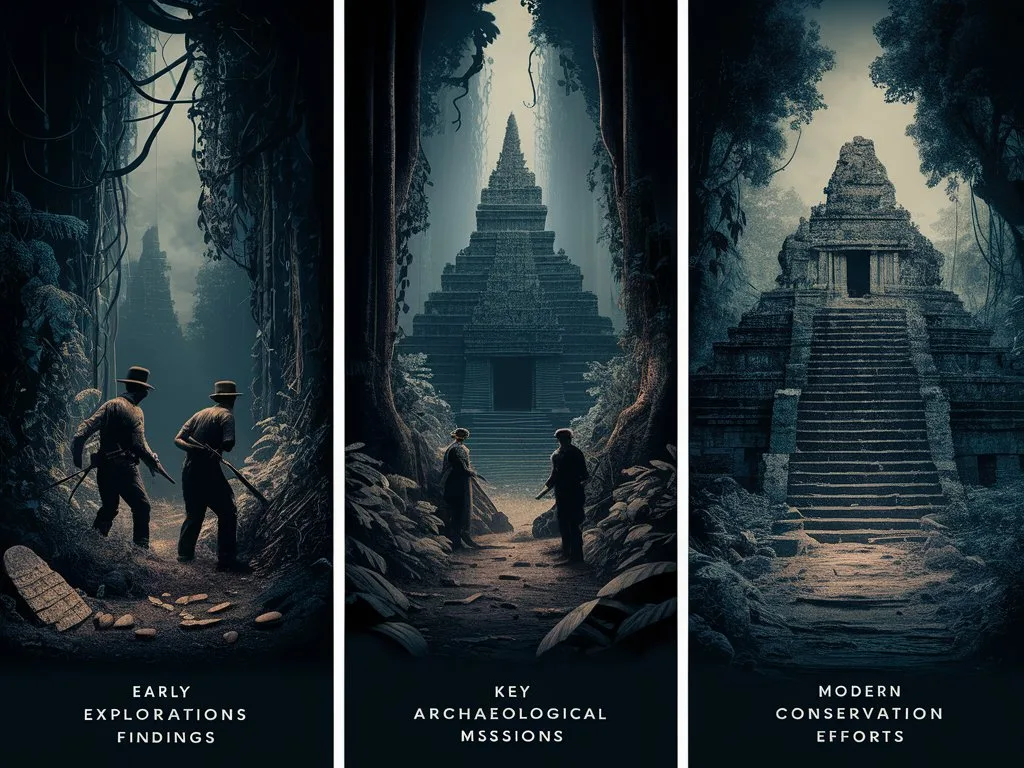
Early Explorations and Findings
In the late 19th century, this ancient city was “discovered” by explorers like Modesto Méndez and Ambrosio Tut. Their expeditions unveiled a treasure trove of remnants hinting at a civilization long lost to the jungle.
Key Archaeological Missions and Their Impact
Major excavations, particularly those led by archaeologist William Coe in the 1950s, revealed stunning structures and artifacts. These missions cleared decades of jungle growth and brought this city to international attention, reshaping our understanding of the Maya.
Modern Conservation Efforts and Global Recognition
Today, this ancient city is a UNESCO World Heritage site. Ongoing conservation efforts include the restoration of structures and the protection from looting, ensuring that future generations will marvel at its grandeur.
Tikal’s Relevance in Understanding Ancient Civilizations
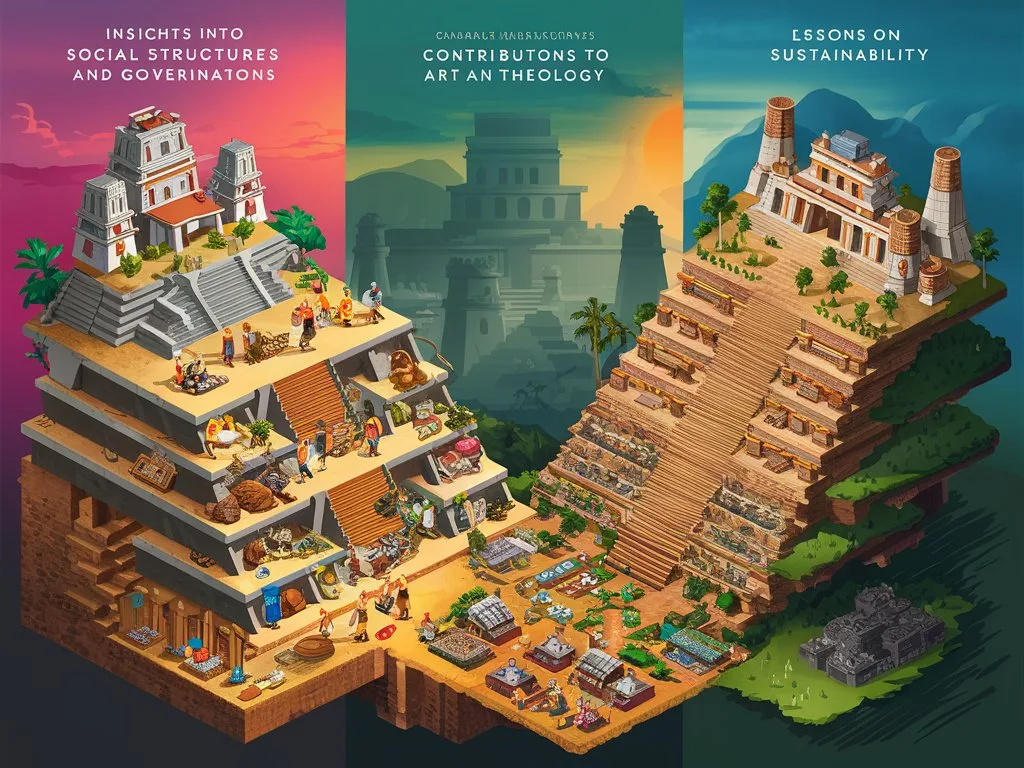
Insights into Social Structures and Governance
The impressive organization of this city provides a silhouette of complex governance and society, offering lessons on early statecraft and leadership roles.
Contributions to Art, Theology, and Urban Planning
This ancient city was a beacon of art, religion, and intricate planning. Temples adorned with stone carvings tell stories of gods, kings, and daily life, reflecting a civilization deeply intertwined with its environment.
Lessons Learned from Tikal Regarding Sustainability
The rise and fall of this ancient city serve as a cautionary tale about sustainability. Its ancient agricultural practices and water management systems highlight how civilizations thrived—and ultimately succumbed—due to their environmental practices.
The Architectural Marvels of Tikal
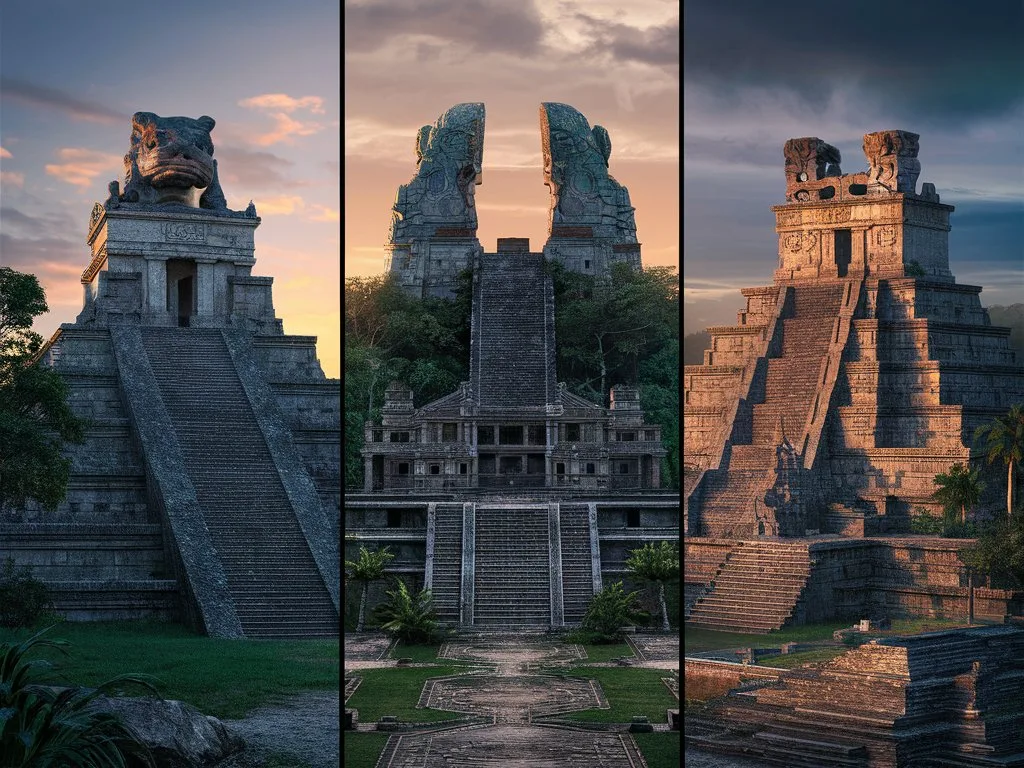
Iconic Structures and Their Functions
Overview of Temple I and Temple II
Temple I, known as the Temple of the Great Jaguar, stands majestically at 47 meters (154 feet) tall. Right across lies Temple II, or the Temple of the Masks, both serving not just as religious sites but as symbols of power.
The Role of Palaces and Administrative Buildings
The Great Plaza hosts buildings vital for administration and ceremonial purposes. Palaces housed elites while plazas served as communal spaces for gatherings that nurtured the social fabric of this city.
Innovative Engineering Techniques
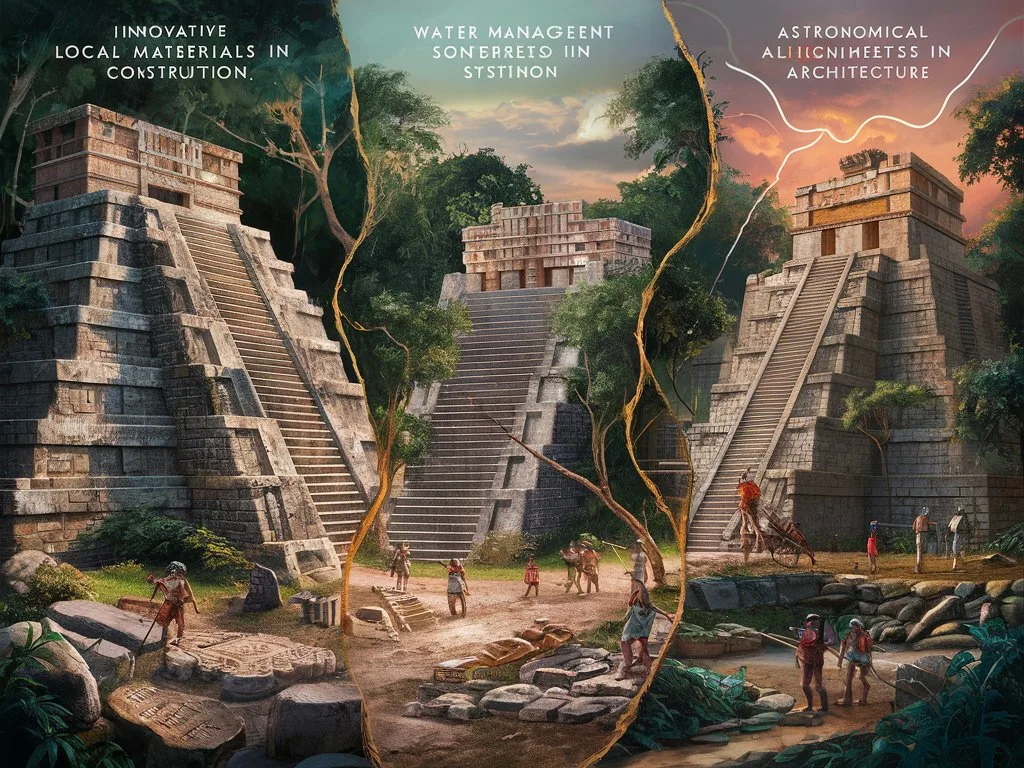
Use of Local Materials in Construction
Maya architects utilized limestone and other local materials, creating durable structures that withstood the test of time.
Water Management Systems and Reservoirs
This ancient city’s water management system featured reservoirs and channels, which allowed the city to thrive in a region otherwise challenged by seasonal droughts.
Integration of Astronomical Alignments in Architecture
Many structures align with celestial events, showcasing the Maya’s advanced understanding of astronomy—a discipline that informed their agricultural calendar and religious life.
Art and Symbolism in Tikal’s Buildings
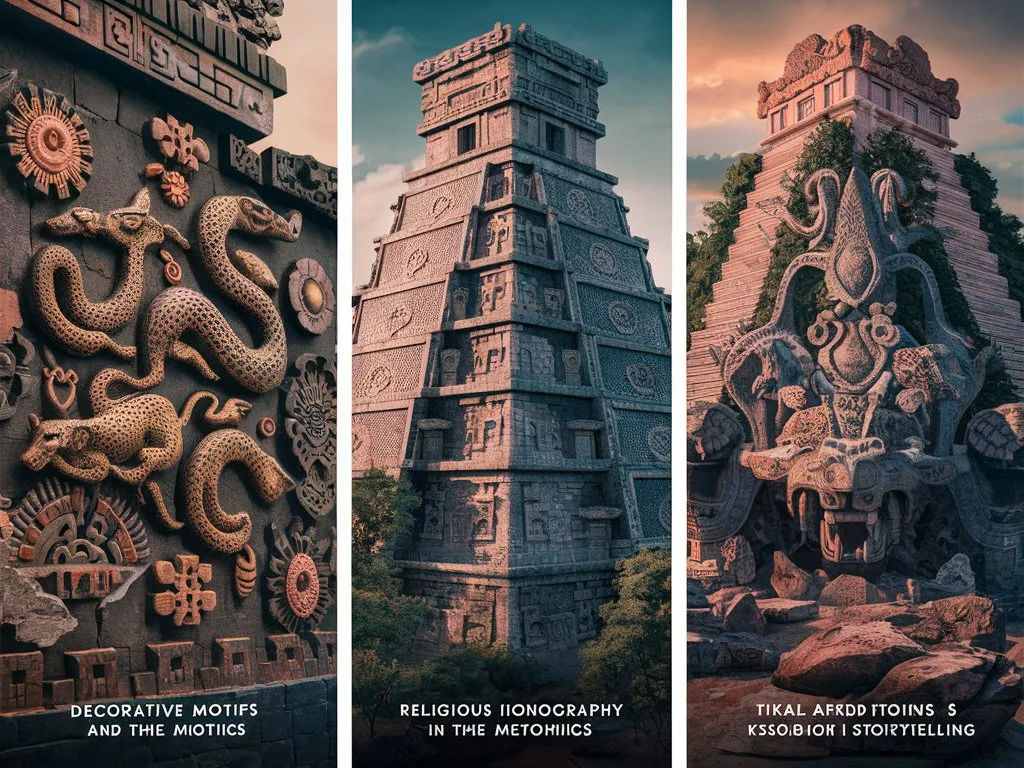
Decorative Motifs and Their Meanings
The intricate carvings in this ancient city tell stories—depicting gods and rulers, these carvings are not merely decorations, but historical records preserved in stone.
The Incorporation of Religious Iconography
Religious symbols play a significant role in this city’s architecture, making it visually impressive while reflecting the Maya’s spiritual beliefs.
The Role of Murals and Inscriptions in Storytelling
Murals and inscriptions served as vivid narratives of history and mythology, offering insight into the lives of ancient Maya dwellers.
The People of Tikal: A Complex Society
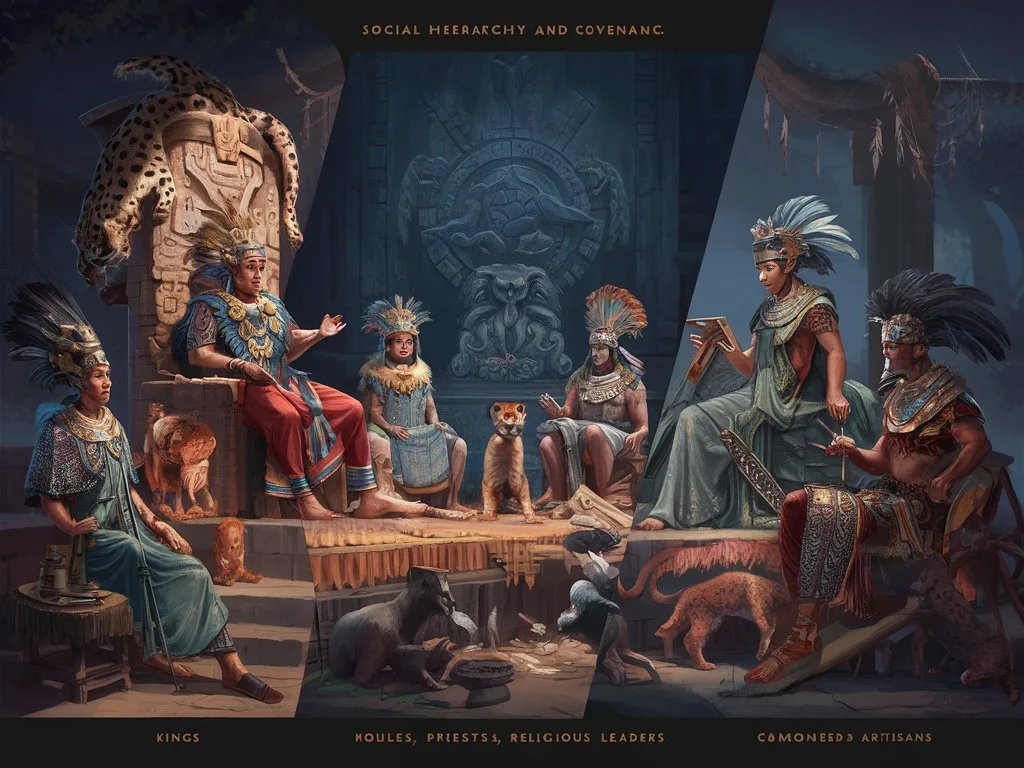
Social Hierarchy and Governance
The Role of Kings and Noble Classes
Kings held absolute power, with nobility playing key roles in governance, supporting the kings in decision-making and ritual life essential to Tikal’s success.
Influence of Priests and Religious Leaders
Priests were integral, connecting rulers with gods, ensuring that spiritual and temporal matters were interwoven in governance.
Economic Systems and Trade
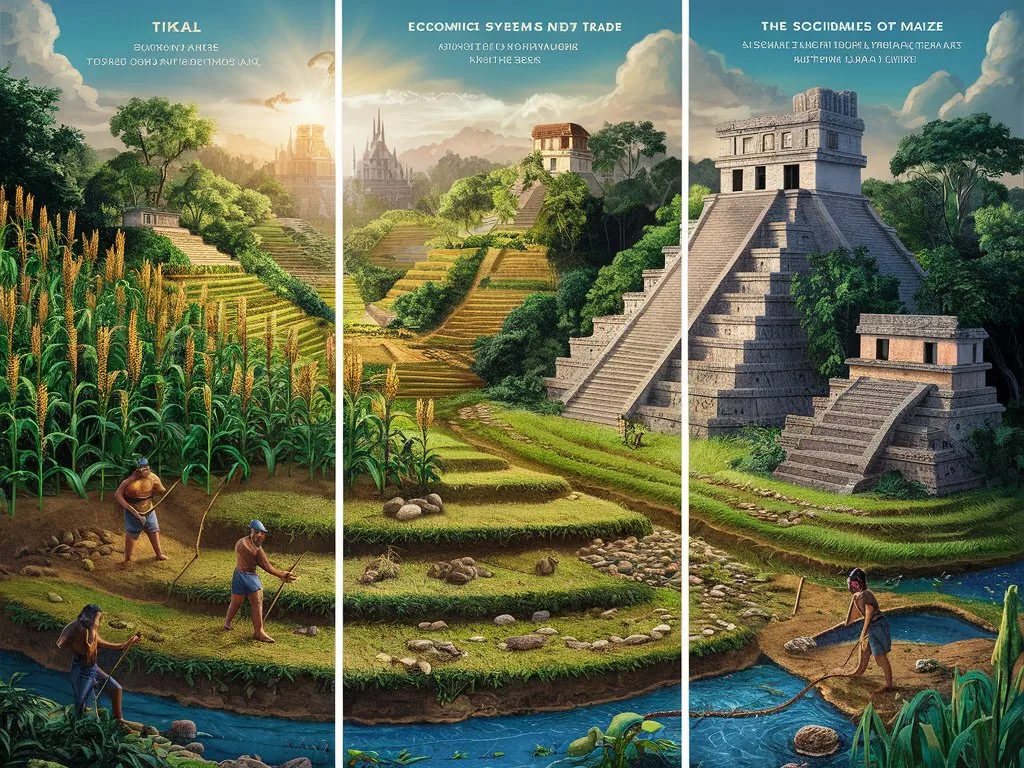
Agricultural Practices and the Importance of Maize
Maize became the cornerstone of this city’s economy, with farming practices optimized to sustain the growing populace and enable vibrant trade.
Trade Networks and Valuable Commodities
Tikal played a crucial role in trade networks, exchanging goods like cacao, obsidian, and textiles with neighboring city-states, forging strong economic ties.
The Impact of Economic Activities on Society
The thriving economy birthed both wealth and disparities, illustrating the complexities of social structures in this ancient city.
Cultural Practices and Beliefs
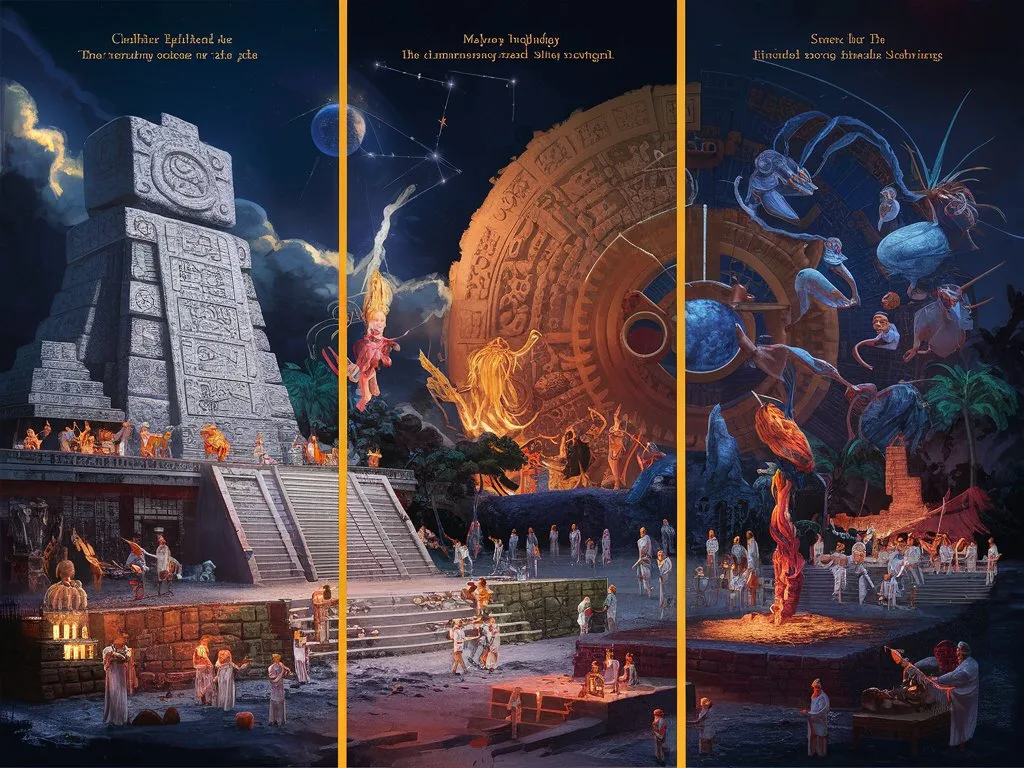
Understanding the Mayan Calendar and Rituals
The Mayan calendar, with its cycles and rituals, governed not only agricultural practices but also the spiritual rhythm of life in Tikal.
Importance of Mythology and Its Influence on Society
Rich in symbolism, mythology shaped daily life and guided moral codes, underscoring spirituality’s significance in Tikal society.
Festivals, Ceremonies, and Social Gatherings
This city’s social fabric was colored by vibrant festivals and ceremonies that brought communities together, serving as vital expressions of culture.
The Mysteries of Tikal: Secrets Uncovered
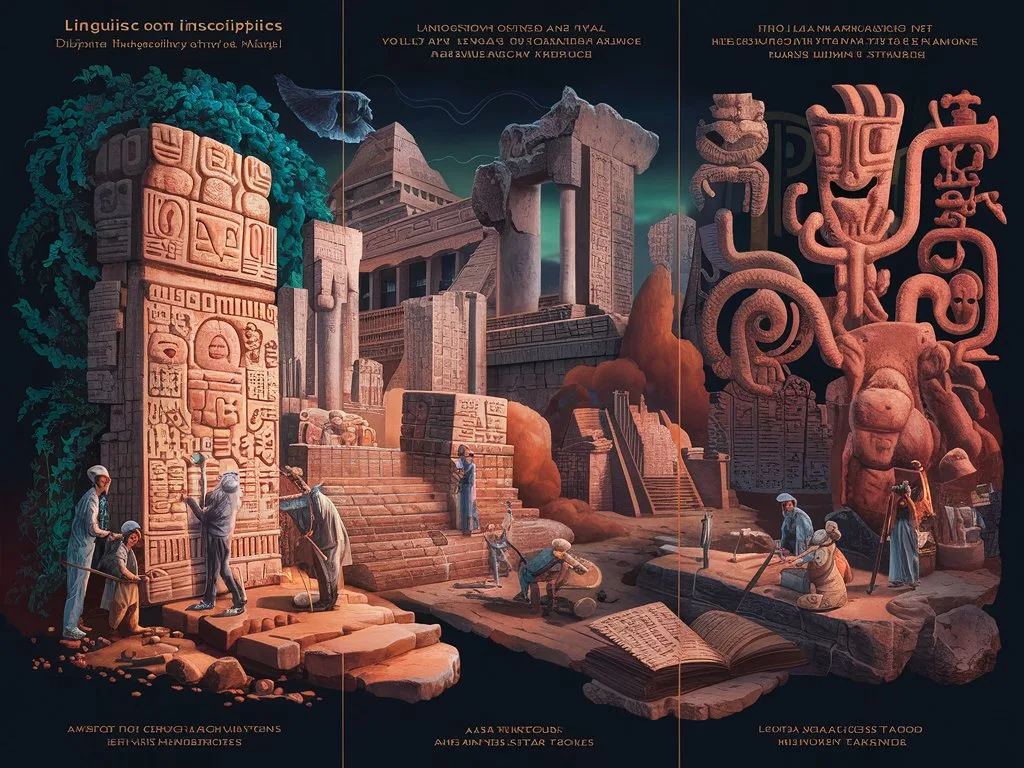
Linguistic Codes and Inscriptions
Deciphering Mayan Hieroglyphics Found at Tikal
The intricate hieroglyphics of this ancient city recount tales of triumph and tribulation, with scholars tirelessly working to decode these complex symbols.
The Stories Behind the Inscriptions and Their Significance
These inscriptions provide glimpses of rulers, battles, and divine relationships, enriching our understanding of the Maya.
How Language Reveals Insights into Governance and Beliefs
Language is key to understanding governance structures and belief systems that dictated life in this ancient city.
The Role of Astronomy
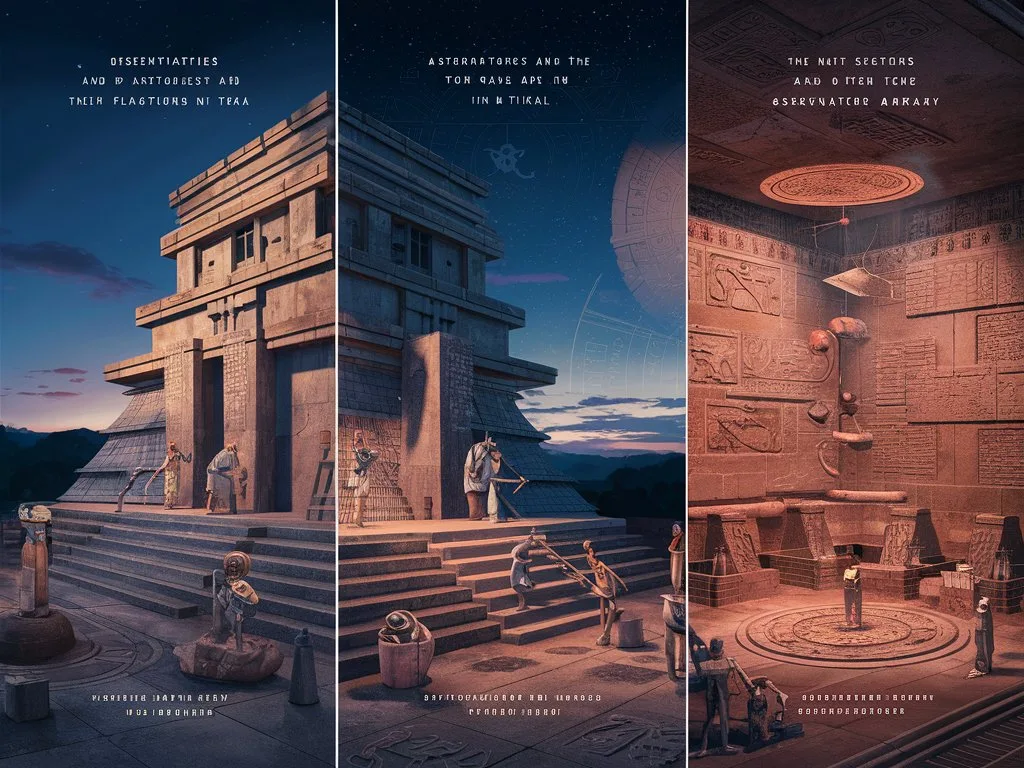
Observatories and Their Functions in Tikal
Ancient observatories at this city reveal an advanced understanding of astronomy, used to guide agricultural practices and festival timings.
Calendar Systems and Their Societal Impact
The Mayan calendar underscored the connection between cosmic events and earthly life, forming a core component of Tikal society.
Alignments of Structures with Celestial Events
Many structures meticulously align with celestial bodies—an awe-inspiring testament to the Maya’s keen observational skills.
Daily Life and Rituals
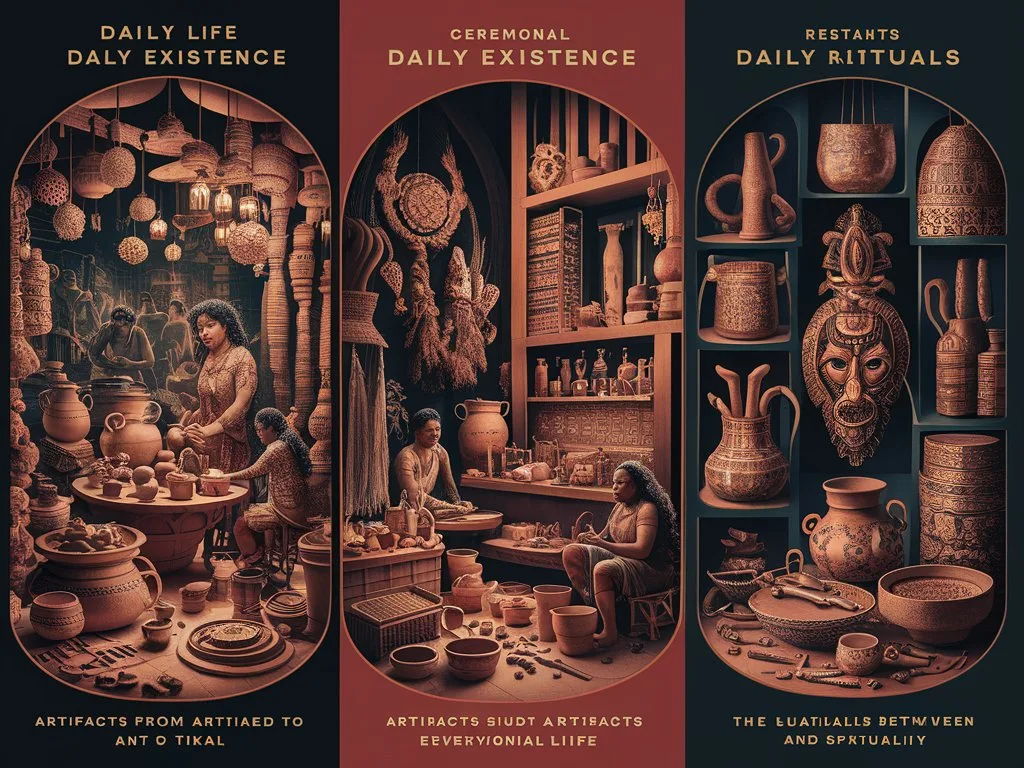
Insights from Artifacts Related to Daily Existence
Artifacts such as pottery and tools illustrate daily life, shedding light on the customs and practices of this city’s inhabitants.
Ceremonial Practices and Their Importance
Ceremonial practices bridged the spiritual and material worlds, reinforcing cultural cohesion amidst social change.
The Relationship Between Daily Life and Spirituality
Daily life was embedded with spirituality, with rituals interwoven into daily tasks, signifying unity between the mundane and the divine.
The Legacy of Tikal in Modern Context
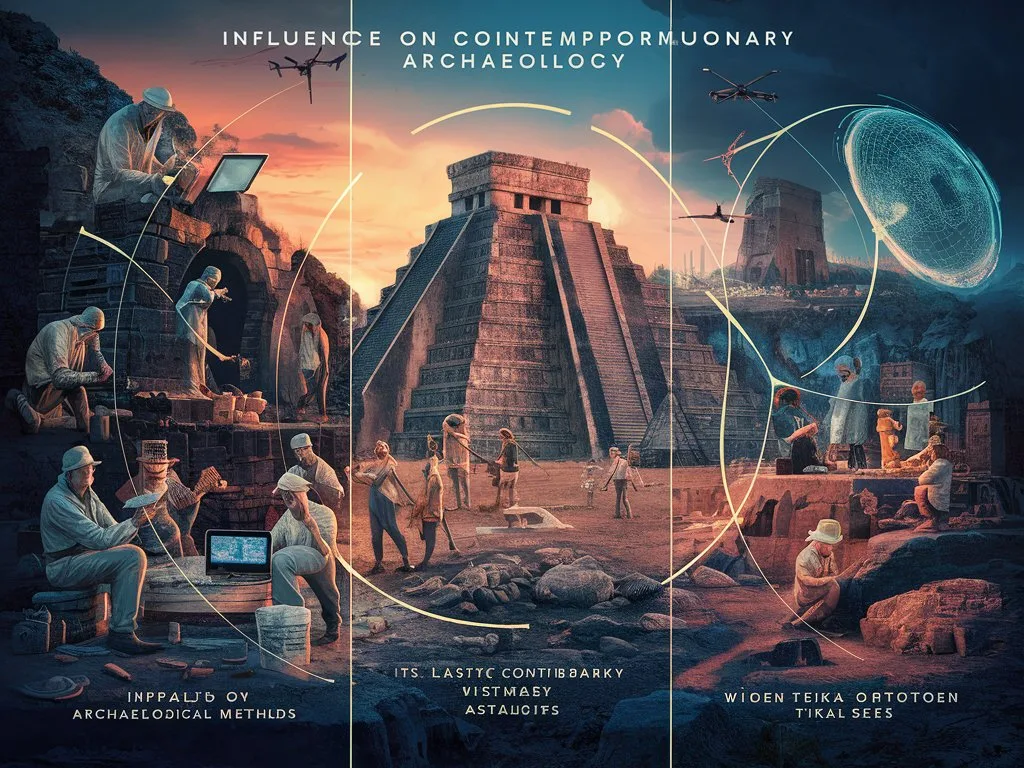
Influence on Contemporary Archaeology
Impact of Tikal on Modern Archaeological Methods
This ancient city revolutionized archaeological techniques, influencing methodologies from aerial photography to community involvement in preservation.
Lasting Contributions to Understanding Mesoamerican Civilizations
The discoveries at this city laid the groundwork for a deeper understanding of Mesoamerican civilizations, illuminating the region’s complex history.
Case Studies of Tikal’s Influence on Other Archaeological Sites
This ancient city serves as a reference point for other archaeological explorations, shaping methodologies and motivations in the field.
Cultural Heritage and Preservation Efforts
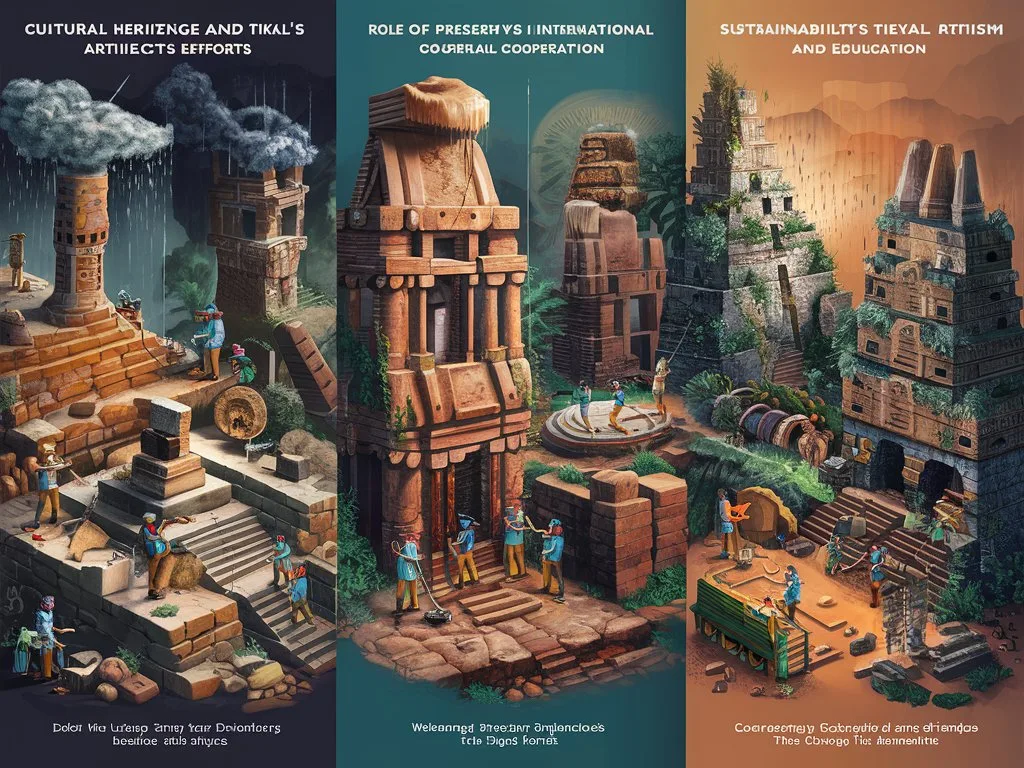
Current Challenges in Preserving Tikal’s Artifacts and Site
Modern threats like climate change and tourism pressure challenge preservation efforts, urging reevaluation of how we protect these ancient ruins.
Role of UNESCO and International Cooperation
UNESCO’s involvement in this city emphasizes the importance of collective efforts in preserving cultural heritage for global benefit.
Sustainability Initiatives for Tourism and Education
Sustainable tourism initiatives are vital for this city’s future, promoting education and support for local communities while safeguarding this ancient marvel.
Tikal in Popular Culture
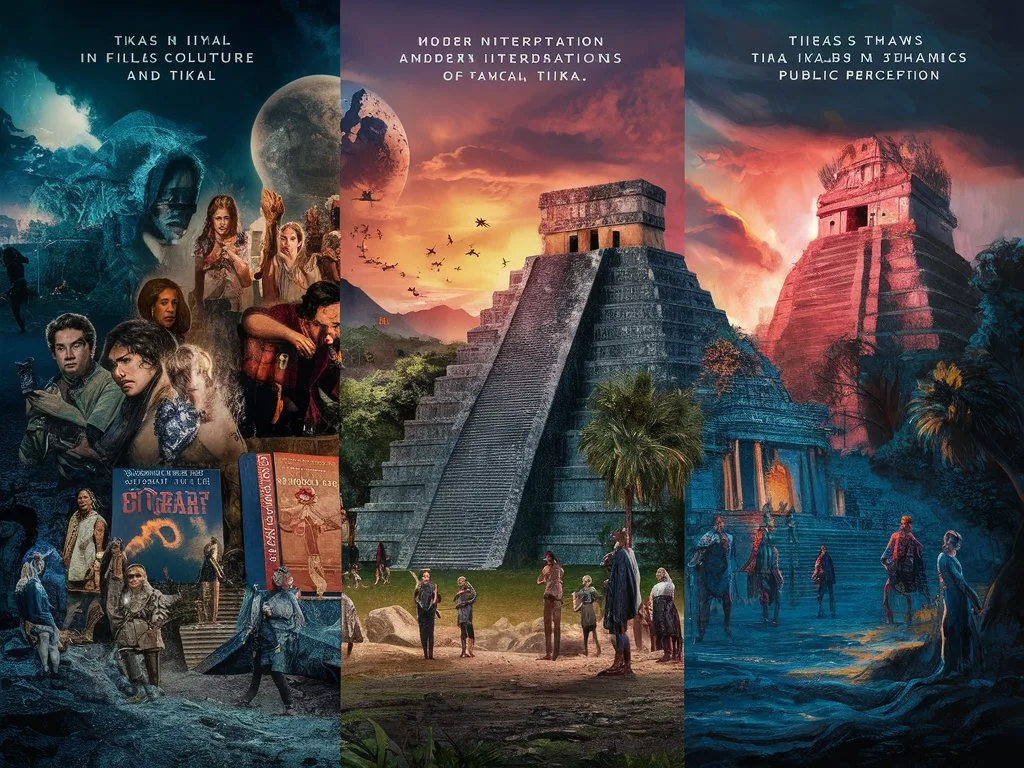
Representation of Tikal in Films, Literature, and Art
This ancient city has found its way into films and literature, capturing the imagination of countless individuals and breathing life into ancient history.
Analysis of Modern Interpretations of Ancient Civilizations
Modern portrayals of this city often romanticize or oversimplify complex realities, highlighting the need for representations rooted in factual history.
The Role of Tourism in Shaping Public Perception of Tikal
Tourism serves as a double-edged sword—crucial for preservation yet a risk to authenticity. Balancing conservation and education is paramount.
Conclusion: Reflections on Tikal’s Impact on Our Understanding of History
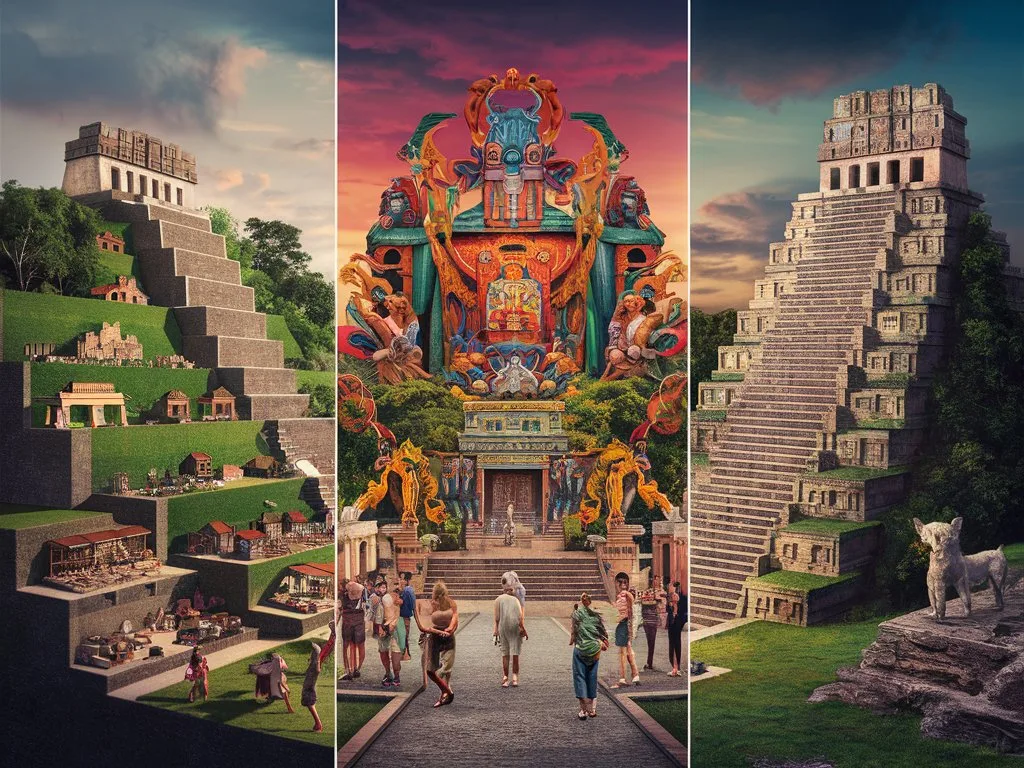
This ancient city remains an extraordinary legacy, offering timeless reflections on human civilization, societal complexity, and the interwoven tales of culture, spirituality, and governance. The lessons drawn from Tikal are not just relics of an ancient past but echoes of wisdom urging us to learn, appreciate, and protect the intricate tapestry of human history. Venture into Tikal, feel the pulse of the past, and rediscover the beauty of ancient civilizations!
FAQ
1. What is Tikal?
This is an ancient Mayan city located in the rainforests of northern Guatemala. It is known for its impressive ruins and was one of the largest and most powerful cities of the Mayan.
2. How do I get to Tikal?
You can reach this ancient city by flying into Flores, a nearby city, and then taking a shuttle or renting a car. Tikal is about an hour’s drive from Flores.
3. What is the best time to visit Tikal?
The best time to visit this city is during the dry season, which runs from November to April. During this time, weather conditions are more favorable for exploring the ruins.
4. Are there entrance fees for Tikal?
Yes, there is an entrance fee to visit this city’s National Park. As of now, the fee is approximately USD 20 for international visitors and slightly less for Guatemalan citizens.
5. How long should I plan to spend at Tikal?
Most visitors spend about 4 to 6 hours exploring this ancient city. This allows time to see the major ruins, walk the trails, and enjoy the flora and fauna of the park.
6. Can I visit Tikal on my own?
Yes, visitors can explore this city on their own. However, hiring a local guide can enhance your experience by providing valuable insights into the history and significance of the ruins.
7. What should I bring when visiting Tikal?
It’s recommended to bring comfortable walking shoes, a hat, sunscreen, water, and insect repellent. Don’t forget your camera to capture the stunning scenery!
8. Is Tikal safe for tourists?
Yes, this ancient city is generally considered safe for tourists. However, it’s always advisable to stay aware of your surroundings and follow local guidelines.
9. What wildlife can I see at Tikal?
Tikal is home to a variety of wildlife, including howler monkeys, toucans, and jaguars. While exploring, keep an eye out for the diverse animal life throughout the park.
10. Are there accommodations near Tikal?
Yes, there are several accommodations near Tikal, ranging from budget hostels to more comfortable hotels and lodges. Booking in advance is recommended, especially during peak tourist seasons.
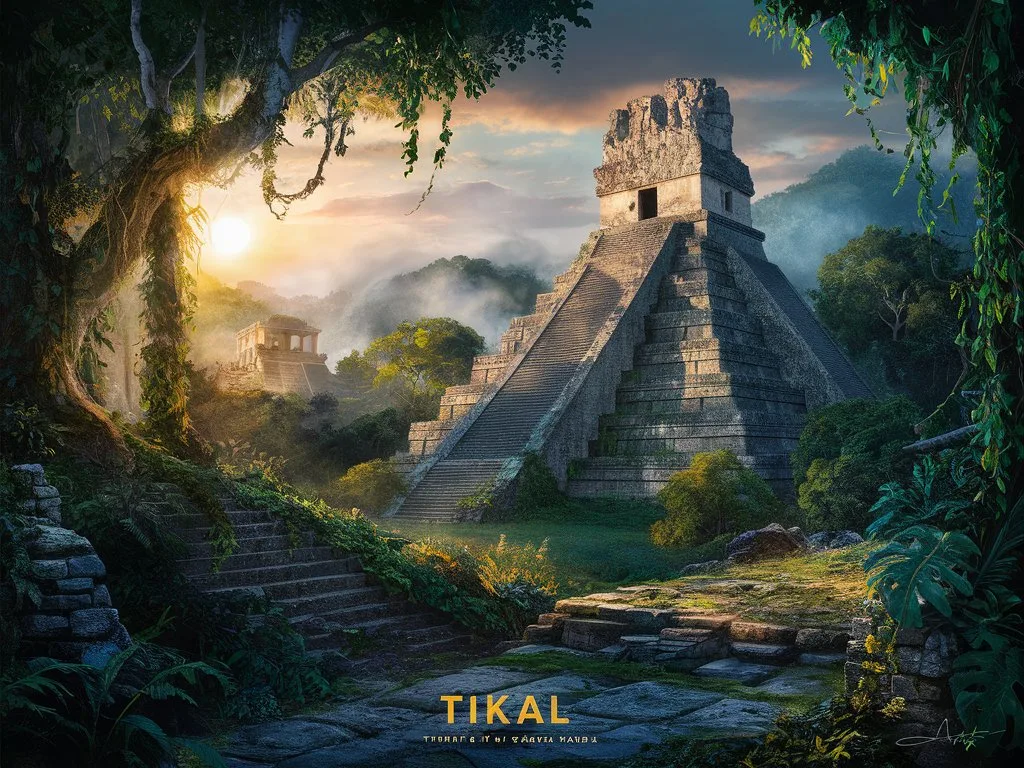
Your article helped me a lot, is there any more related content? Thanks! https://accounts.binance.com/ES_la/register?ref=T7KCZASX
Your point of view caught my eye and was very interesting. Thanks. I have a question for you.
Can you be more specific about the content of your article? After reading it, I still have some doubts. Hope you can help me.